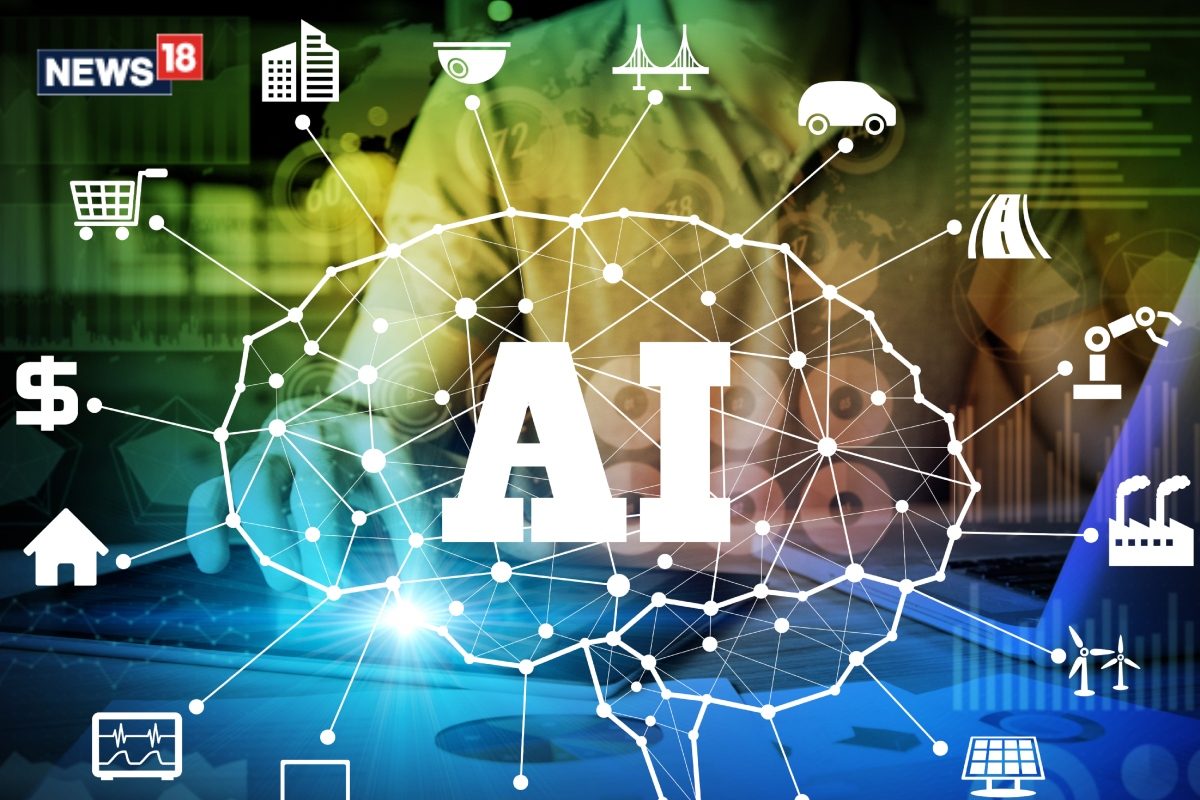
Explainer Briefly Slides We missed this earlier: The Chief of Defence Staff General Anil Chauhan and Secretary, Department of Defence R&D and Chairman DRDO Dr Samir V Kama released the ‘Evaluating Trustworthy Artificial Intelligence (ETAI) Framework and Guidelines for the Armed Forces’ on October 17, 2024. The framework defines a comprehensive set of criteria for trustworthy AI in defence. It is a risk-based assessment framework providing specific measures to be implemented.
It offers developers & evaluators a structured approach to build and assess trustworthy AI. It focuses on five broad principles: Reliability & Robustness, Safety & Security, Transparency, Fairness, and Privacy. Scientific Analysis Group, a laboratory of the DRDO, constructed the Framework.
In his address, Chauhan said there was an urgent need to incorporate trustworthy AI, pointing out that recent global conflicts have demonstrated how AI is revolutionising modern warfare. He said that it is essential to ensure these systems not only work as intended but are also resilient to attacks from adversaries. Kama pointed out that reliability and robustness are no longer optional, but are essential to prevent mission failures and unintended consequences.
He highlighted that AI applications are required to be reliable, robust, transparent and safe for the success of future operations. India’s plans for AI in the military Army Chief General Manoj Pande said at the NDTV Defence Summit in March that India plans to use AI for “natural language processing, facial recognition, vehicle tracking, satellite imagery analysis and other autonomous systems.” Further, he added that the military is also working on “tri-services project” to create a “high-powered computing AI cloud.
” He said, “Emerging technologies are no longer superpower-centric. Non-state actors are increasingly gaining access to modern technologies of military use and employing it for leverage, asymmetric at that, in conflict.” Thus, he said, it is important for India’s military to be a “modern, agile, adaptive, technology-enabled, future-ready force.
” In 2019, the Ministry of Defence established a high-level Defence AI Council (DAIC) for strategic implementation of AI for national security and defence. The DAIC is expected to guide the partnership between the government and industry and also review the recommendations concerning the acquisition of technology and startups. Additionally, the Centre of Artificial Intelligence and Robotics (CAIR) in the Defence Research and Development Organisation (DRDO) has also developed autonomous technology-based products for surveillance and reconnaissance purposes.
AI tools developed by the DRDO The DRDO also facilitated the creation of an AI tool called ‘Divya Drishti’, that integrates facial recognition with physiological parameters such as gait and skeleton. A startup called Ingenious Research Solutions Pvt Ltd. developed the tool under the technical guidance and mentoring of Centre for Artificial Intelligence & Robotics (CAIR), a laboratory of DRDO based at Bangalore.
The Defence Ministry said that the tool would help minimize the “risk of false positives or identity fraud” and enhance accuracy of identification. It also planned to make it available it across Defence, Law Enforcement, Corporate and Public Infrastructure. Also Read:.














